Instructions for Side by Side Printing
- Print the notecards
- Fold each page in half along the solid vertical line
- Cut out the notecards by cutting along each horizontal dotted line
- Optional: Glue, tape or staple the ends of each notecard together
NCEA Levels 2-3 Language Features
front 1 Antithesis "To err is human, to forgive, divine." | back 1 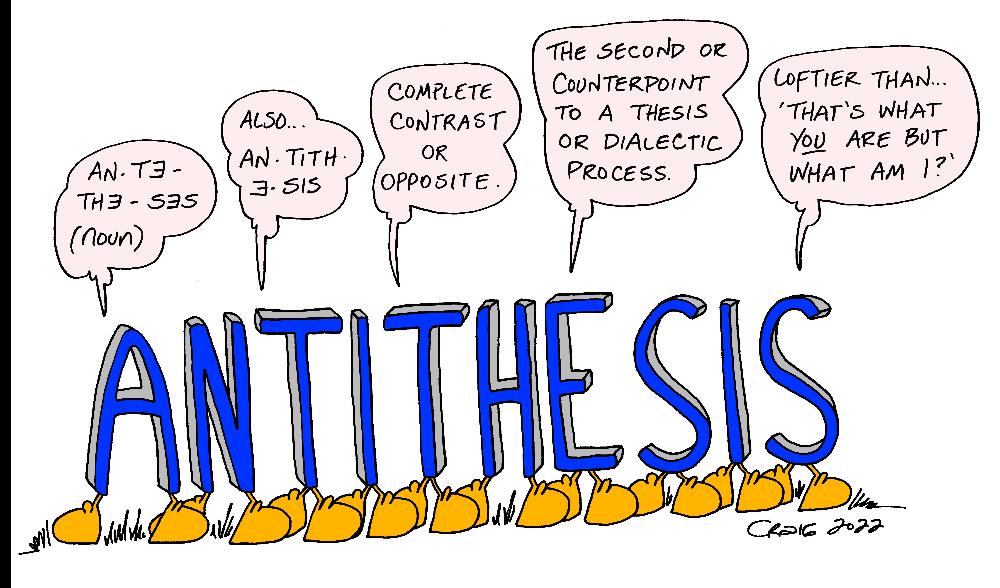 Placing contrasting terms or ideas close together in a parallel structure. Eg: "My only love sprung from my only hate." Effect: to emphasise their difference and give the effect of balance |
front 2 Apostrophe | back 2 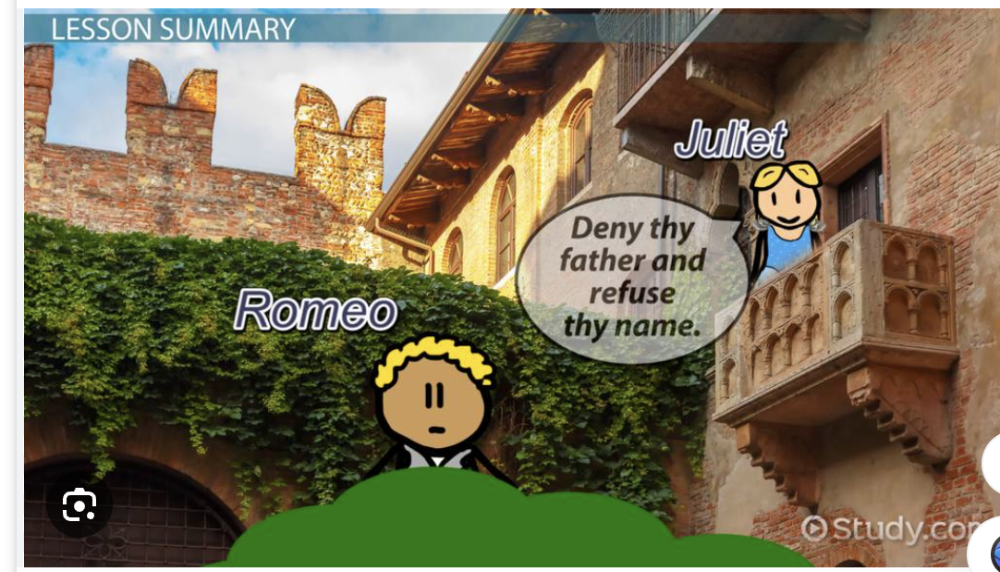 A direct address to a person or personified idea. Eg: O death! Where is thy sting? Effect: A cry, or outpouring of emotion |
front 3 Caesura | back 3 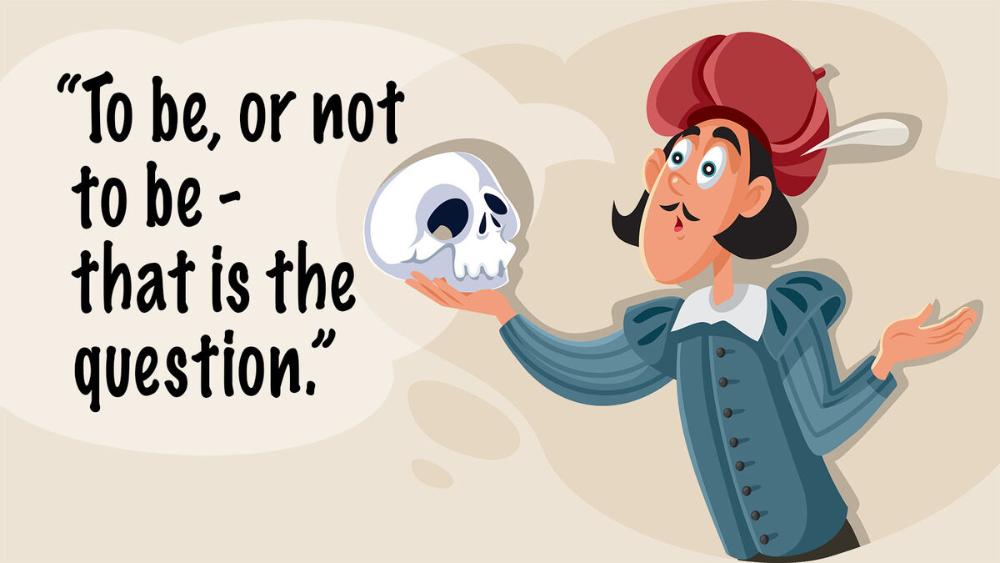 An audible pause in a line of poetry Eg: "If this proves true, they'll pay for it. By my honour." Effect: to create a dramatic (or rhythmic) effect. Notice the difference between the comma and the full stop above. |
front 4 Symbolism | back 4  A word or phrase signifying a sign or mark representing something else The dove (of peace), the cross (Christianity) Effect: A symbol brings a significant idea and all its connotations in a single word/phrase |
front 5 Enjambment | back 5 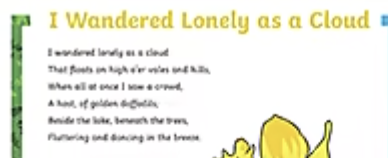 When the meaning from a line of poetry is completed on the next line. "How long have they tugged the leash, and strained apart, My pack of unruly hounds." Effect: Emphasises an idea or adds to the flow of the line |
front 6 End stopped line | back 6 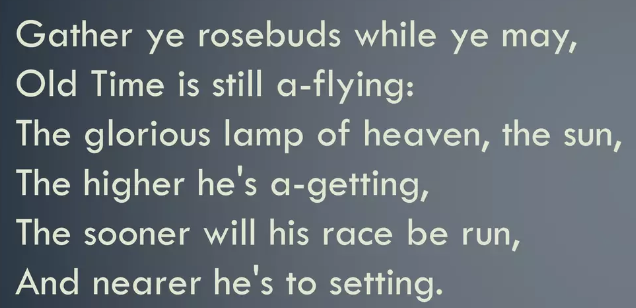 The lines of a stanza that give a grammatical pause at the end of each line "I can haul and urge them no more." Purpose: To complete an idea both visually and grammatically |
front 7 Sibilance | back 7 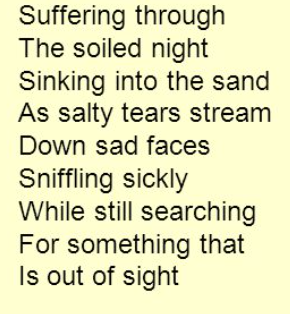 The repetition of the consonant sound /s/ or /z/ Effect: hissing sound; onomatopoeic effect Purpose: to slow the reader. |
front 8 Inversion | back 8  Changing the usual order of Subject-Verb-Object Eg: Sad I was that he could not come to the party Effect: highlighting the first word in the sentence Purpose: To emphasise the first word in the sentence, giving it more importance. |
front 9 Archaisms | back 9 Vocabulary not in modern day use. Some words remain in use in certain limited fields of activity—especially law, government, and religion Eg: One day, when the glory comes -"Glory" 2015 Oscar winner for best original song Effect & Purpose: to create an atmosphere of antiquity, and also, to give one’s language a feeling of official-ness, royalty, or religious authority. In this case, to stir feelings of awe. |
front 10 Allegory | back 10 fill in later |
front 11 Bathos/Anticlimax | back 11 When trying to be elevated, the unintended descent into trivial or ridiculous |
front 12 Blank verse | back 12 Iambic pentameter that is unrhymed. Closest to the natural rhythm of speech |
front 13 Parody | back 13 Imitates serious work and applies them to lowly or comically inappropriate subject matter. |
front 14 Metonymy | back 14 Change of name. The literal word for one thing is applied to another closely associated. Eg: the Crown = the King; the turf = horseracing |
front 15 Synecdoche | back 15 A part of something signifies the whole Eg: |
front 16 Sarcasm | back 16 A form of irony, using praise as dispraise Eg: Oh, you're God's gift to women! |
front 17 Motif | back 17 An element - incident, device, reference - that recurs frequently (can now also be a trope when discussing visual images) |
front 18 Paradox | back 18 Appears to be contradictory or absurd, but turns out to make good sense Eg: "One short sleep past, we wake eternally And death shall be no more; Death, thou shalt die." |
front 19 Satire | back 19 Diminishing or derogating a subject by making it ridiculous; uses laughter as a weapon. Usually the subject represents something/someone outside the text. Eg: Purpose: to evoke scorn, contempt, indignation; to correct human vice |